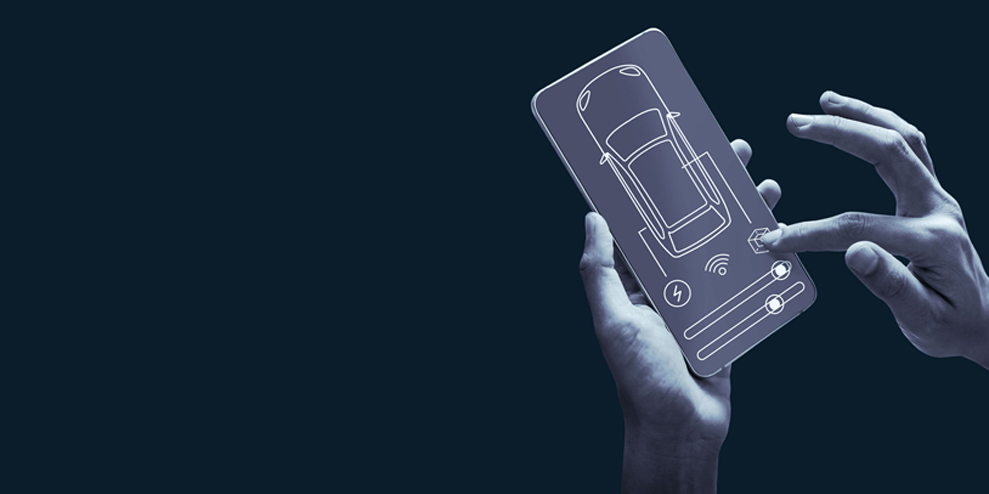In this video, three McKinsey partners describe how the experience of purchasing an automobile might change in the coming decade—and how car dealerships should evolve.
An omnichannel experience
Thomas Furcher: We asked thousands of customers across different regions, “how do you want to buy a car?” We gave them different options. We said, “should it be like Amazon? Should it be like Cartier? Should it be like Apple?” And the simple answer is, there is no one model that fits all customers. What the customer really wants is a car-purchasing process that is personalized and fun.
Inga Maurer: In 2030, if you think about an omnichannel car-buying experience, it would likely mean starting on the website and exploring products but not necessarily asking, “do I want brand A or brand B?” It will be more like, “what is the feature set that I want?” So it might start with “what is your personality?” And it [the website]might then recommend to you a set of vehicles that is fit for purpose based on what you want to tactically do but also on your personal style and what you want to express with owning a car.
Paul Gao: We may see, going forward, a separation of sales and service because there’s no reason to have them physically in one location. But we do still see a need to have that physical delivery point because—especially for individuals who are buying luxury and expensive sports cars—that final handshake with the salespeople still has a certain emotional appeal. And that, I think, will still be the case in 2030.
The car dealership of the future
Thomas Furcher: A big cost driver in the current distribution setup is the number of cars that you have in a dealership. In the future, dealerships will have very few cars. I still think there will be a few—but then, through virtual reality, you can modify them, you can experience them in different ways. You can say, for example, “I want to see it in red.” Virtual reality will transform this car into another color or into other features.
Inga Maurer: And then we think there will be real customization in the dealership. So, for example, “do I still need this car seven days a week? Or do I need a bigger car on the weekend? Or do I need a bigger car in the winter when I want to go skiing?” And so it might be the purchase of the car, plus a package to have access to a different vehicle in the summer, the convertible for fall weekends, and in the winter the SUV to go in the mountains—so something that is really customized and tailored to who you are and what you want your vehicle for.
Paul Gao: In the United States, you still have to buy a car from a physical dealer. The dealers, the franchisees, are still protected by regulation. The transition from physical dealership to digital dealership to virtual showroom might be faster in China or Asia than in more mature markets, where regulation tends to lag behind.
No more haggling
Inga Maurer: I think that all the online platforms that allow you to say, “what is the price of the vehicle, what is my credit score?” will make the customer come into the dealership with a much more specific expectation about either a total payment or a monthly payment in a leasing arrangement. I think that over the next five years, this [fixed amount]will become the price, and you walk into the dealership, and there is no more negotiation around it.
Thomas Furcher: When we talk about price, it will be less and less the price for the entire vehicle. But it will be the price for maybe a month of usage of this car or for a certain mileage. So there will be different packages—also in line with the shift to shared mobility, subscription services, and so on. So there will be different ways of quoting a price, but it will be a fixed price.
Tomorrow’s car buyers
Paul Gao: I think, going forward—especially around 2030—what we may see is a far smaller number of luxury brands that still have their own logo and brands attached to the vehicle. Those brands will still appeal to certain segments of the customer base. I still see a future for the dealerships, but their role will change. They do have fleets of both new and used cars, and they still know the local community very well, so there could be a role for them to play in local mobilityservice provision.
Thomas Furcher: Customers are all different; they have different preferences. Dealers need to specialize—what customer types are you actually addressing? So really be clear on that, be focused, and then build your business model around it.
This article first appeared in www.mckinsey.com



